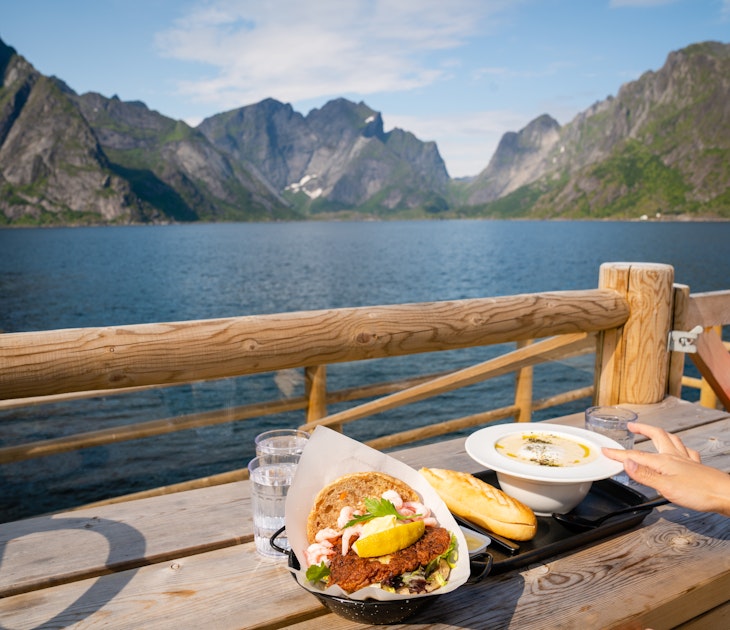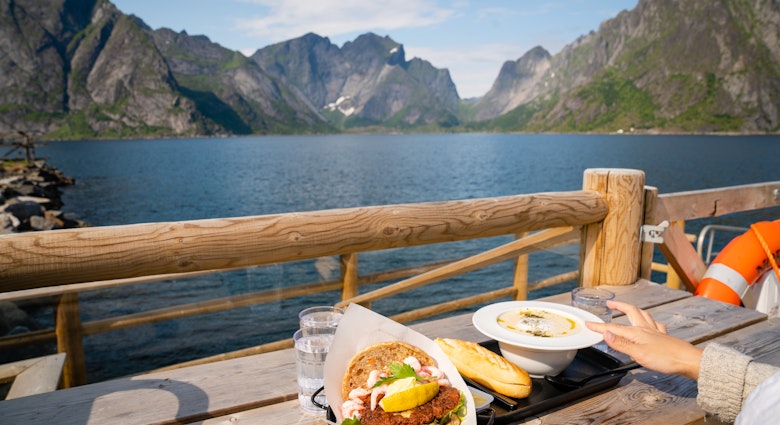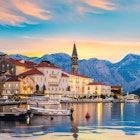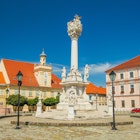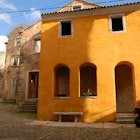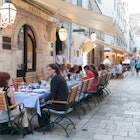If wine needs a story, then the story of Balkan wine is a dog-eared, multi-volume series. The southeastern European peninsula may not immediately spring to mind when discussing the world’s great wine regions, but make no mistake: there’s an important viticultural tradition here that dates back centuries. Balkan wine is all about the experience – grape varietals you may never have heard of, handcrafted over generations and served with heart.
It’s often said that under the communist regimes the region focused on quantity rather than quality of wine; but with family wineries honing their craft in recent years, change is afoot. Here we present the best of the Balkans’ hearty local grape varieties and where you’ll be warmly welcomed for a tipple of each.

Vranac: the jewel of former Yugoslavia
Meaning ‘black stallion’ in Serbo-Croatian, earthy red Vranac is perhaps best known for the millions of litres of it exported each year by Montenegro’s primarily state-owned winery, Plantaže. While their cavernous Šipčanik cellar just south of the capital Podgorica is worth a visit, do yourself a favour and continue your wine quest to the southern coast of Lake Skadar.
Known as Crmnica, Montenegro’s primary wine region is home to dozens of family-run wineries. Though most owners don’t speak English, local British expats Emma and Ben Heywood of Undiscovered Montenegro are happy to organise day trips and even week-long adventures through wine country. Here, you’ll be welcomed into the modest home of Miodrag Leković – nestled in the ruins of the 14th-century village of Godinje – for a taste of his award-winning oak-aged version of the varietal, or taken to Klicić Winery in Limljani village for a glass of Sveti Toma, named after the 7th-century chapel that endured sliding down a hill nearby.
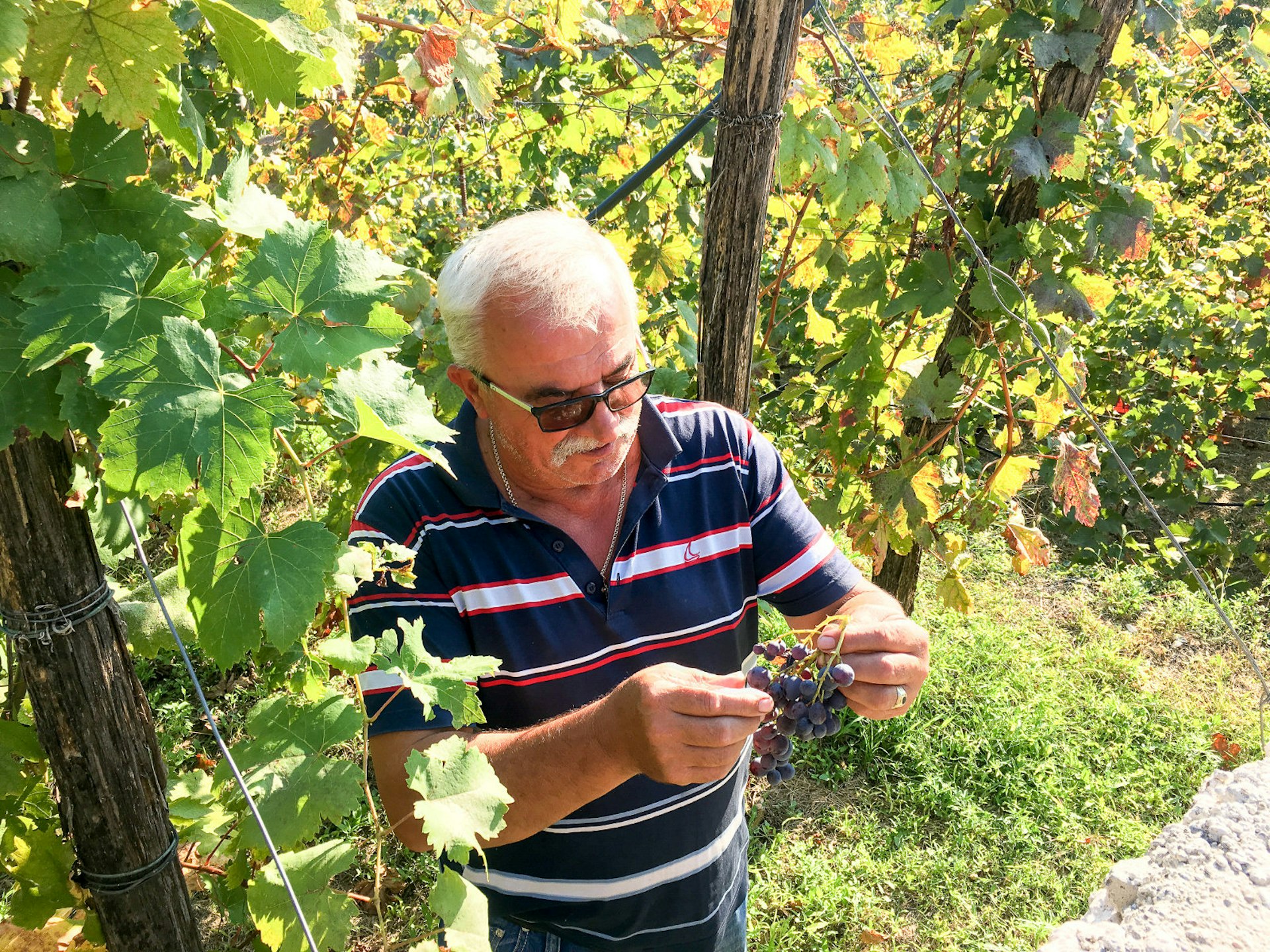
However, Vranac – called Vranec in nearby North Macedonia – is an important local grape for all of the southern countries of the former Yugoslavia. Known for its rich soil and Mediterranean climate, the republic of Macedonia accounted for two-thirds of Yugoslavia’s wine production in the 1980s. As such, wine tourism here (especially in the famous Tikveš region) is more developed, with most wineries offering English-language tastings.
One of the most exciting wineries to come on the market, Brzanov (brzanov.mk) is neither particularly well polished nor is it located in the Tikveš region. Nevertheless, at the winery – conveniently located in the capital Skopje – Antonio Brzanov and his partner Dimitar Stojanovski offer endless laughs, as well as some bold Vranec and foreign favourites like Tempranillo.

The Rahovec (Orahovac) wine region of Kosovo, North Macedonia’s neighbour, also produces some surprisingly great Vranac. Located just two hours from Skopje and boasting 15 local wineries, the area is well worth a stop on any Balkan wine excursion. ‘Competition with the bigger wineries is tough, but we are finding that our hard work is paying off,’ explains Gazmend Daka, owner of Daka Winery (facebook.com/Daka-Wine). With his wine regularly placed in the top three of Kosovo’s annual wine festival, he has plans to expand the winery to include a B&B.
Plavac Mali: Croatia’s island red
‘The Dalmatian sun is literally soaked into this wine,’ Balkan wine expert Dušan Jelić says of Plavac Mali. The Serb who has spent time working in the South African wine industry says he still compares every wine to the varietal his father drank. ‘It’s as powerful as it is irresistible: after one glass, your ears will turn red.’

Like Vranac, Plavac Mali is related to Zinfandel – the American favourite. Just one of the Dalmatian coast’s 30 indigenous varieties, it’s undoubtedly its most important. While Croatia’s northern region of Istria has really boosted its wine tourism in recent years, you must venture to the Dalmatian islands to find this robust varietal. Hardship, we know.
There’s no match for the ambience of the wine tasting on the serene island of Vis. Occupied by military forces for decades – from WWII until the dissolution of Yugoslavia – the lush island and its viticulture are pretty quirky. You can either try a glass of Plavac Mali inside a cave once used as a Yugoslav military bunker at Vina Lipanović (facebook.com/Vina-LIPANOVIĆ), or sip some while overlooking the field used by the Vis Cricket Club at Roki’s – the restaurant and winery owned by the club’s founder.

Kallmet: Albania’s holy wine
The Illyrian winemaking tradition, which is thought to have predated the Roman Empire by several centuries, is carried on in the flavours of Albania’s native Kallmet. With both red and white varietals, it’s rumoured that Albanian producers even paid their taxes to the Vatican with this wine during the Middle Ages. More recently, it was served to noted oenophile Pope Francis during his visit to the country in 2014.
Kallmet is mostly found in Albania’s breadbasket, the northern region of Lezhë; you can taste some great iterations at the eponymous Kantina Kallmeti (kantinakallmeti.com). However, the country’s most impressive Kallmet comes from the small winery attached to Uka Farm, the organic farm and restaurant just outside the capital Tirana. If you’re lucky, in-house winemaker Flori Uka will give you a tour of the cellar behind the farm and may even open a bottle of his reserve.
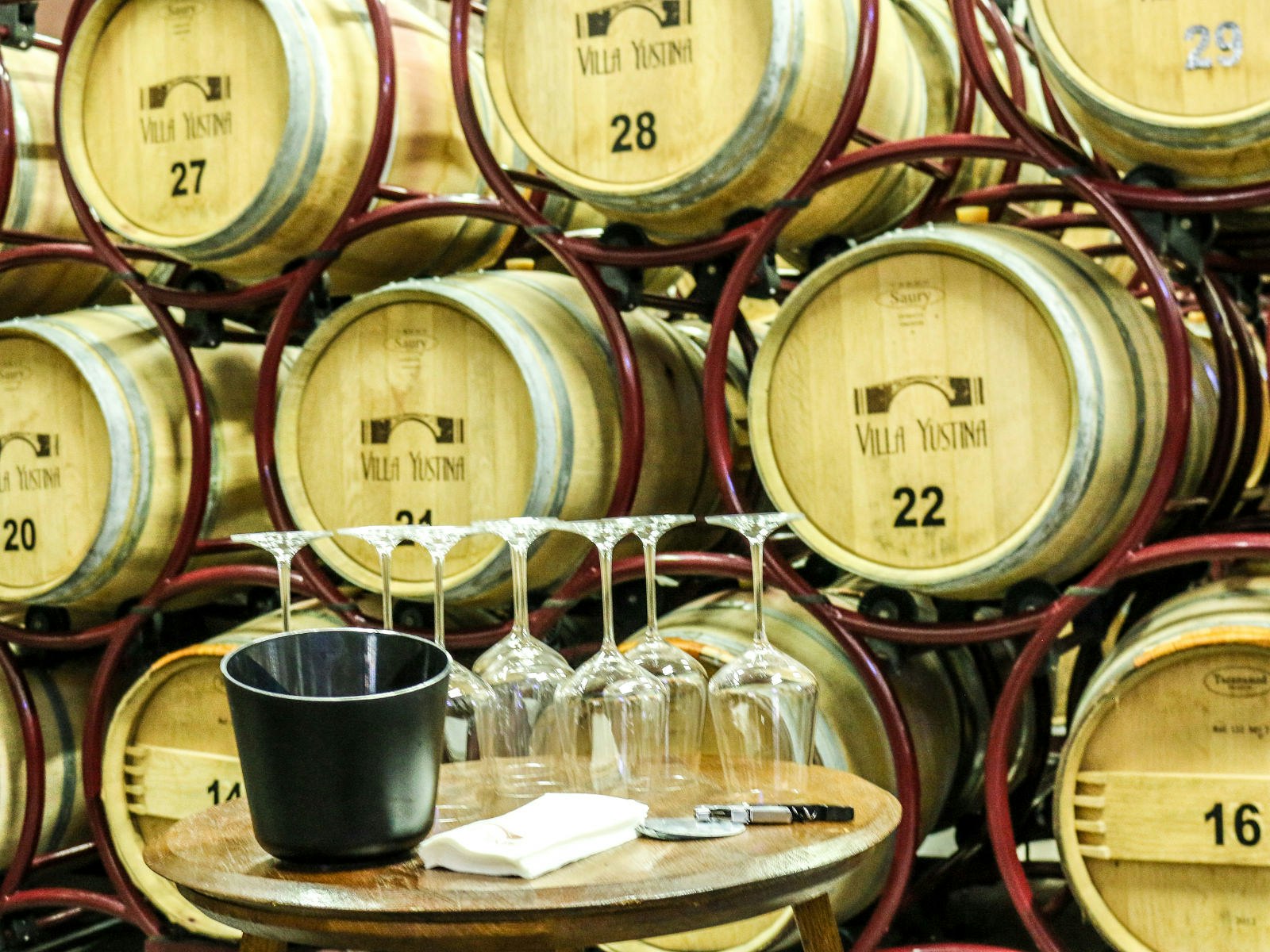
Mavrud: the taste of Bulgaria’s mountains
The rounded Rodopi Mountains form the backdrop for one of Bulgaria’s five major wine regions, the Thracian Lowlands. Wine has been part of Bulgarian DNA since the times of the ancient Thracians, and one taste of the multi-faceted local favourite Mavrud is a journey back in time. With most wineries located around the second-largest city, Plovdiv, the Thracian Lowlands make an excellent weekend break from elsewhere in Europe or part of a longer exploration of Bulgaria. While there, head to Todoroff Winery and Hotel (todoroff-hotel.com) in the wine-centric village of Brestovitza (where you can even bathe in wine), or slightly further afield for some tantalising Mavrud blends at Villa Yustina (villayustina.com).

Prokupac: Serbia’s ticket to wine renown
Although during the Yugoslav era the capital Belgrade left the major wine production to the other republics, Serbia’s wine region of Župa has been producing the grape-based beverage since the Romans planted its first vines. Winemaking is now one of the fastest growing sectors of Serbian agriculture, though wine tourism is struggling to keep pace – for now. With the remaining bottles of the 2003 and 2004 vintages of Prokupac from Župa-based Ivanović Winery (ivanovicvino.com) recently opened to great critical acclaim, the region is likely to get a bit more well-deserved foot traffic. While the wine could still use some development, the hospitality at nearby Podrum Braća Rajković (podrumbracarajkovic.com) is Serbia at its best.

